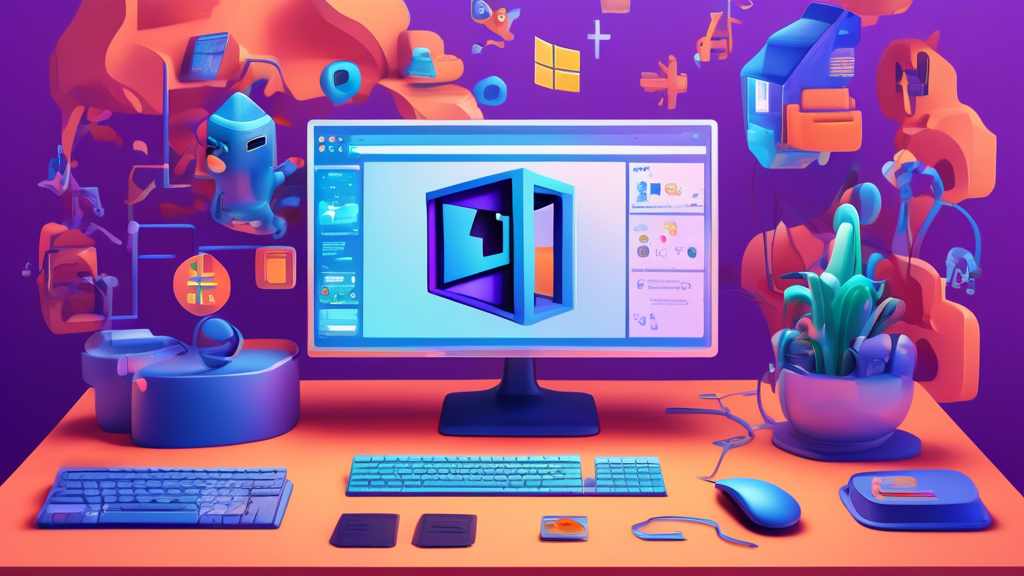Windows 11 Bug Consumes CPU Resources
Since the launch of Windows 11, users have been reporting a variety of performance issues, and a recent bug that has surfaced seems to be causing excessive CPU resource consumption. This problem has drawn considerable attention due to its impact on system performance, hindering both productivity and user experience.
Microsoft Pinpoints Cross Device Service as the Cause
After several user complaints and detailed investigations, Microsoft has identified the Cross Device Service as the root cause of the excessive CPU usage. The Cross Device Service is a core component within Windows 11 that enables seamless communication and interaction between a user's various devices, such as PCs, tablets, and smartphones. While this service is designed to enhance user experience by providing synchronicity and continuity across devices, it seems to be misbehaving and leading to high CPU resource consumption.
The Cross Device Service's malfunction has led to reports of sluggish system performance, increased fan noise due to higher CPU temperatures, and reduced battery life in laptops. Some users have even experienced full system crashes or had to perform forced reboots to regain control of their computers.
No Fix Available Yet
As of now, Microsoft has acknowledged the issue but has yet to offer an official fix or a timeline for when one might be available. In a statement, a Microsoft spokesperson said, We are aware of the reports regarding the Cross Device Service causing high CPU usage in Windows 11. Our team is actively working to identify the specific causes and will provide updates as soon as we have a solution.
In the meantime, users are encouraged to follow a few temporary workaround measures to mitigate the impact of this bug. One recommended course of action is to disable the Cross Device Service. To do this, users can follow these steps:
- Open the Run dialog box by pressing Win + R.
- Type services.msc and press Enter.
- In the Services window, locate Connected Devices Platform Service or CDPUserSvc.
- Right-click on the service and select Properties.
- Set the Startup type to Disabled and click OK.
This action will halt the service temporarily and can provide some relief from the CPU usage issue until Microsoft releases an official patch.
What's Next?
As Microsoft works on diagnosing all aspects of the problem and developing a lasting solution, users are advised to keep their systems updated with the latest patches and updates. Furthermore, they may benefit from keeping an eye on official announcements from Microsoft regarding this specific bug.
This issue emphasizes the importance of continuous monitoring and troubleshooting in modern operating systems, particularly as they grow more complex and integrate a wider array of services and functionalities that operate across multiple devices. While Windows 11 promises a greater level of interconnectedness and user-centric features, these very enhancements can sometimes lead to unforeseen technical challenges that require swift action and resolution.
Stay tuned for further updates as Microsoft continues to address this issue and works toward a fix that will stabilize CPU resource utilization in Windows 11 devices.
Logics Technology Online Shop
